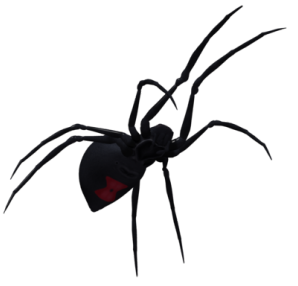The Pisauridae family, commonly known as the nursery web spiders, comprises a diverse group of spiders found worldwide, with a significant presence in temperate regions. This family includes approximately 500 species, making it one of the larger families within the order Araneae.
One of the most distinguishing characteristics of Pisauridae spiders is their unique reproductive behavior, particularly among certain genera such as Pisaura and Dolomedes. Female nursery web spiders construct silk nurseries or “nursery webs” where they deposit their egg sacs and guard them until the spiderlings hatch. During this time, the female remains near the nursery web, actively protecting the eggs from predators and environmental threats.
Once the spiderlings hatch, the female may assist them in their dispersal by carrying them on her back or providing them with food until they are capable of hunting on their own. This parental care strategy is relatively uncommon among spiders and represents a fascinating aspect of Pisauridae biology.
In addition to their reproductive behavior, Pisauridae spiders are also known for their hunting prowess. Many species within this family are active hunters, preying on a variety of insects and other arthropods. They typically rely on their keen eyesight and agility to capture prey, often ambushing them or chasing them down on land or water.
Physically, Pisauridae spiders exhibit a range of shapes and sizes, but they generally have elongated bodies and long legs, which aid in their hunting and mobility. Their coloration and markings often provide effective camouflage among vegetation, allowing them to blend into their surroundings while waiting for prey.
While some Pisauridae species are encountered in human habitats, such as gardens and parks, they are generally not considered harmful to humans. Like most spiders, they are beneficial predators that help control insect populations and contribute to the balance of ecosystems.
Overall, the Pisauridae family encompasses a diverse group of spiders with intriguing reproductive behaviors and impressive hunting abilities. Their role in ecosystems and their fascinating biology make them subjects of interest for scientists and nature enthusiasts alike.
